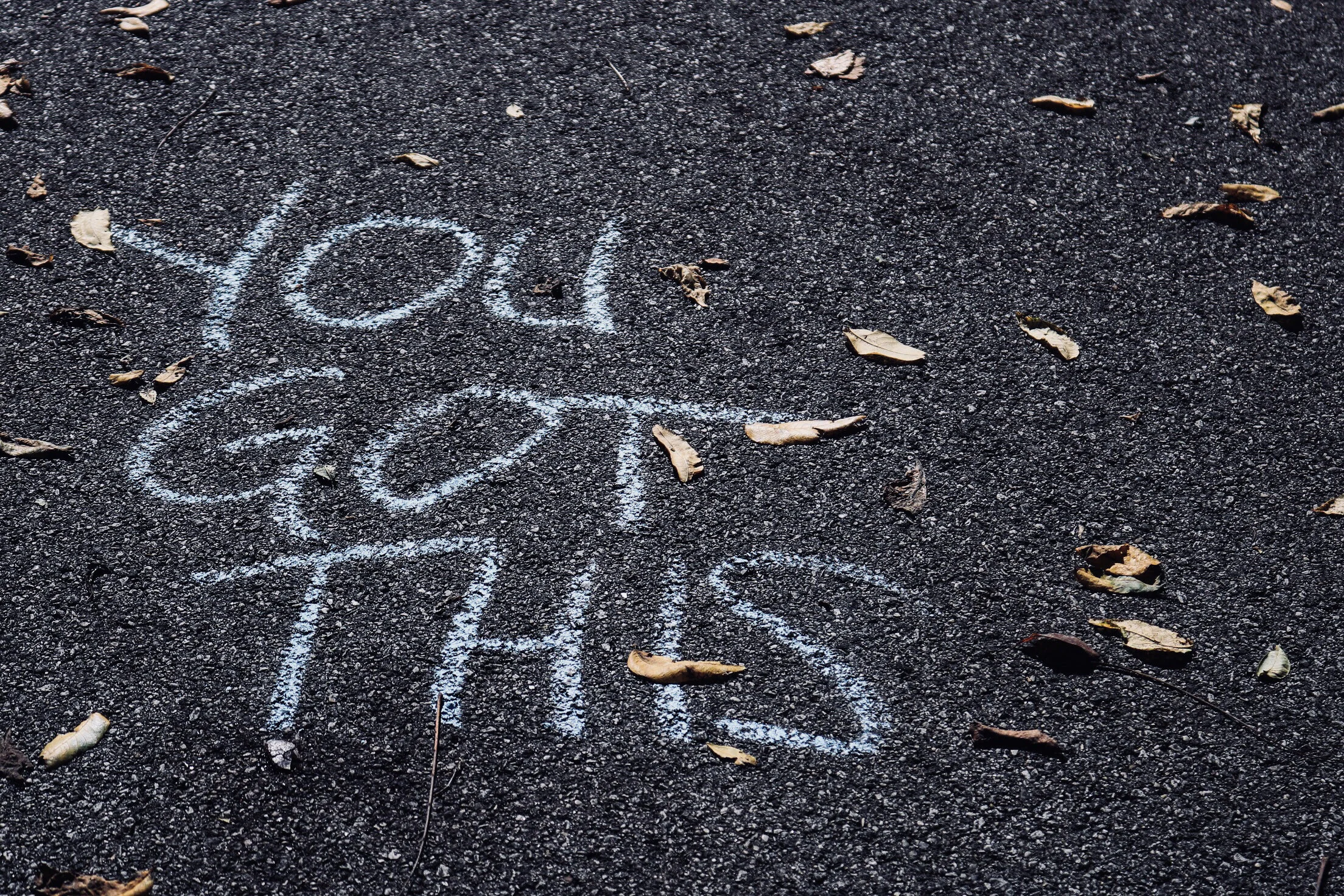Human potential
Before Roger Bannister became the first person to run a mile in under 4 minutes (3min59sec) nobody thought the feat was possible. But shortly after he broke the record in 1954, Australian athlete John Landy joined in breathing the same rarified air by posting a sub 4 minute mile in competition only 2 months later. Interestingly this set up a highly anticipated showdown at the Vancouver Commonwealth Games that same year where both men ran sub 4 minute miles in the final. Roger Bannister bested John Landy by only 0.8 seconds to take the win in the race which would be remembered forever as “The Miracle Mile”.
Since then, over 1400 athletes have broken the 4 minute barrier and the once superhuman feat is now a standard amongst professional runners. This gives truth to the axiom “seeing is believing” and that the human potential is only limited by what our minds contrive. It’s also a testament to Roger Bannister’s mindset. He must have had resolute belief that he could achieve the impossible whilst everyone was doubtful, and it’s said that he intensively studied the biomechanics of running and employed scientific training methods that were ahead of his time to prepare himself for his historical effort. This just goes to show that anything is possible when we set our mind to it.
This idea is particularly pertinent in the rehabilitation process. We simply cannot say for certain how much an individual will improve along their rehabilitation journey, so it’s important that we don’t give up prematurely. There have been endless accounts of medical professionals telling individuals they may never walk again, only to be proved wrong later. A big proponent of this is the perpetual advancements in science and medicine. With new evidence emerging from research all the time current therapy models will continually evolve, meaning new and better outcomes can be expected. Innovative technologies available now like robotic walking aids, and exciting technologies on the horizon like Elon Musk’s touted Neuralink will also open doors to profound possibilities for individuals struggling with neurological disorders.
Although innovation in science and medicine is the tip of the spear of improving health outcomes, we mustn’t discount the significance of the human spirit. Like Roger Bannister and his resolve on that rainy day in 1954 at Oxford’s Iffley Road track. It would have been easy to rain-check the event till another day with more auspicious conditions but Bannister pressed on to set a world record anyway, making his feat even more remarkable and ultimately adding to his legend. There is much to be said for a never-say-die attitude and the propensity of some to always pursue excellence. If we all strived to be better than yesterday we’d all be in a better place tomorrow.

